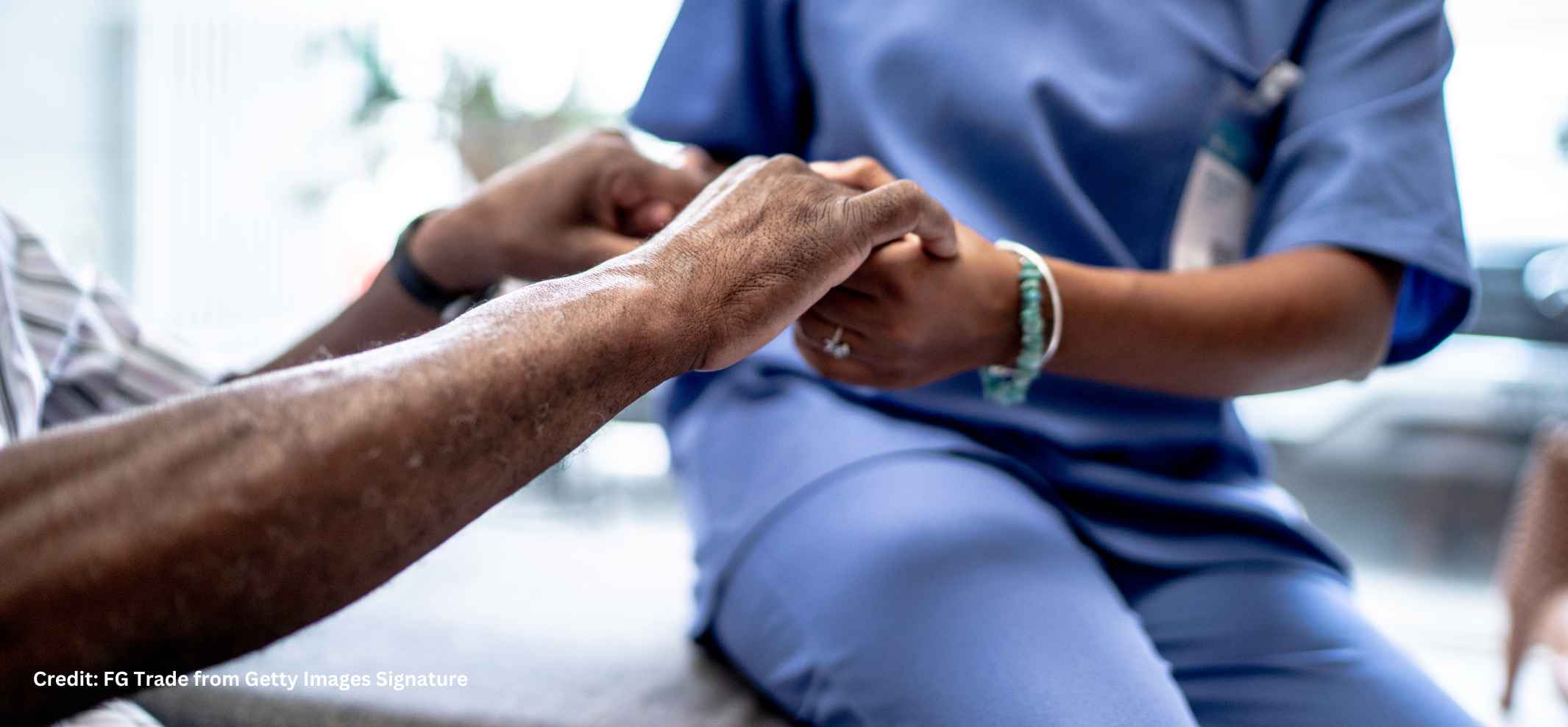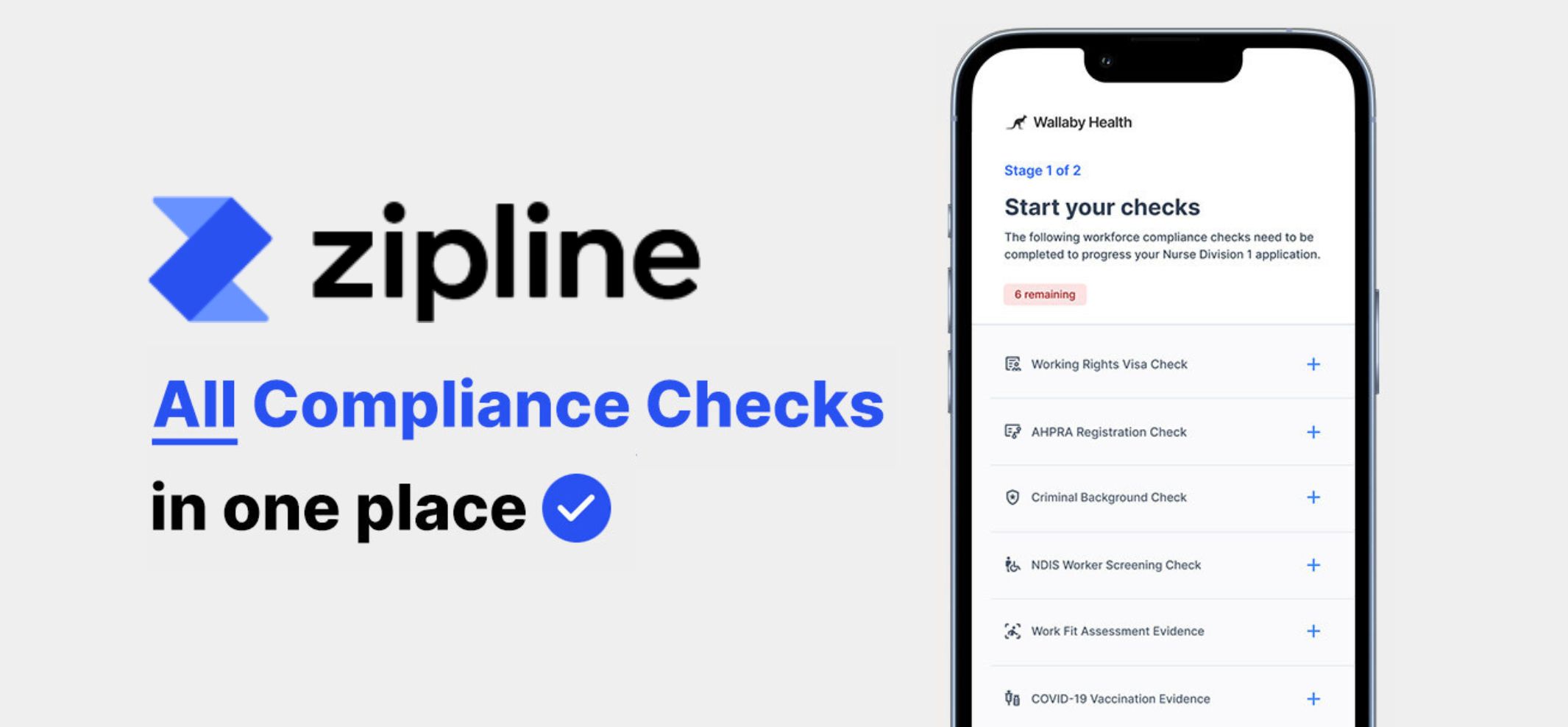Medical equipment is invaluable in healthcare, helping professionals diagnose conditions, monitor patients, and provide treatment. For many people with disabilities or complex medical needs, specialised or customised equipment can make a huge difference in their quality of life.
Read this article and appreciate how customised medical equipment addresses unique patient needs.
Understanding the Need for Customised Solutions
People rely on medical devices for mobility, communication, respiratory support, and more. However, mass-produced equipment doesn’t always fit everyone’s needs. Size, weight, portability, and control options can determine whether a device helps someone. Customization allows for medical technology to be tailored to an individual.
For children or adults with small statures, oversized devices can be unwieldy and get in the way of movement. Custom miniaturisation provides less intrusive solutions. Control options like breath-triggered switches or joystick controls allow patients to operate equipment independently. Portability features like batteries, wheels, and compact size help ensure that life-supporting technology can go where its user goes.
Without these accommodations, people can struggle to benefit from medical devices. Customised equipment, such as those from providers like KNF, provides solutions to fit patients’ lifestyles and capabilities while still effectively treating their underlying conditions.
Delivering Effective and Practical At-Home Care Solutions
Manufacturers can use customised designs to provide medical tech that seamlessly integrates into patients’ homes and routines. At-home use cases require smart and practical implementations that families can handle.
Equipment like feeding pumps, oxygen concentrators, and ventilators allow patients who previously stayed in hospitals to recuperate or manage illnesses from home. Features like tubeless or wearable design, quiet operation, and reliable safety settings allow these devices to work around the clock within domestic spaces.
Control interfaces can enable caregivers or patients themselves to operate equipment without difficulty. Connectivity options also provide data tracking and remote clinician adjustments to optimise in-home care. These capabilities grant peace of mind and confidence in maintaining effective treatment.
Overall, purpose-built home care devices give patients freedom and dignity. Healthcare providers can rely on medical equipment manufacturers to deliver robust and thoughtful solutions for unique cases. Customization supports better health outcomes across settings of care.
Overcoming Mobility and Accessibility Challenges
Mobility limitations and accessibility challenges can severely impact quality of life. However, customised equipment provides a path for users to navigate the world on their own terms.
Wheelchairs with custom seating and tailored frames can be adapted to each user’s postural and physical support requirements. Control options beyond joysticks also enable powered chairs to be operated by breath, head movement, or eye tracking. These alternative inputs give mobility to those lacking limb control.
For those who rely on poles and crutches for walking assistance, custom brackets and grips adapted to arm/hand physiology improve stability and comfort. Leg prosthetics, too, can be uniquely molded and attached to complement amputees’ dimensions and strengths. The custom design accommodates the user’s capacity and helps minimise secondary injuries from strain.
Customised mobility and accessibility equipment eliminate the barriers between patients’ capabilities and environments. Customization empowers people to direct their own movement and participate in workplaces, schools, social events, and more. It also grants a level of agency and independence that bolsters mental health.
Enhancing Safety And Preventing Secondary Health Issues
While medical devices sustain and improve patients’ health conditions, their use also poses risks if not managed properly. Customization elements can greatly increase safety and reduce secondary health issues that may arise.
Straps distribute weight and stimulation evenly. This prevents skin breakdown or dangerous blood clots. Specialised cushions and beds allow patients who spend significant time immobilised to avoid painful pressure sores. Custom braces aid in injury stabilisation to help bones heal properly. Automatic sensors alert caregivers to problems like leaks or detached tubes to enable a quick response.
These types of custom tweaks mitigate complications and allow device users to stay safe and healthy rather than risk new medical issues. They help sustain patient progress rather than introduce other hurdles.
Overall, healthcare manufacturers have an opportunity to boost safety through designs that accommodate patient vulnerabilities. As needs and challenges vary greatly, customizable equipment stands to prevent problems while being the most therapeutically effective.
Conclusion
Medical technology can vastly improve health outcomes when tailored thoughtfully to patients’ unique circumstances. As needs vary widely, healthcare manufacturers must respond with customisable equipment that removes barriers for real individuals. Specialised medical devices help patients manage health challenges independently and safely at home. They grant mobility and accessibility that opens up possibilities for work, leisure and community participation.
Ultimately, creating customised solutions requires patient-centred design and manufacturing capacities. But the impact on quality of life makes the effort more than worthwhile. The custom approach sees people’s capabilities and potential rather than just limitations.





















